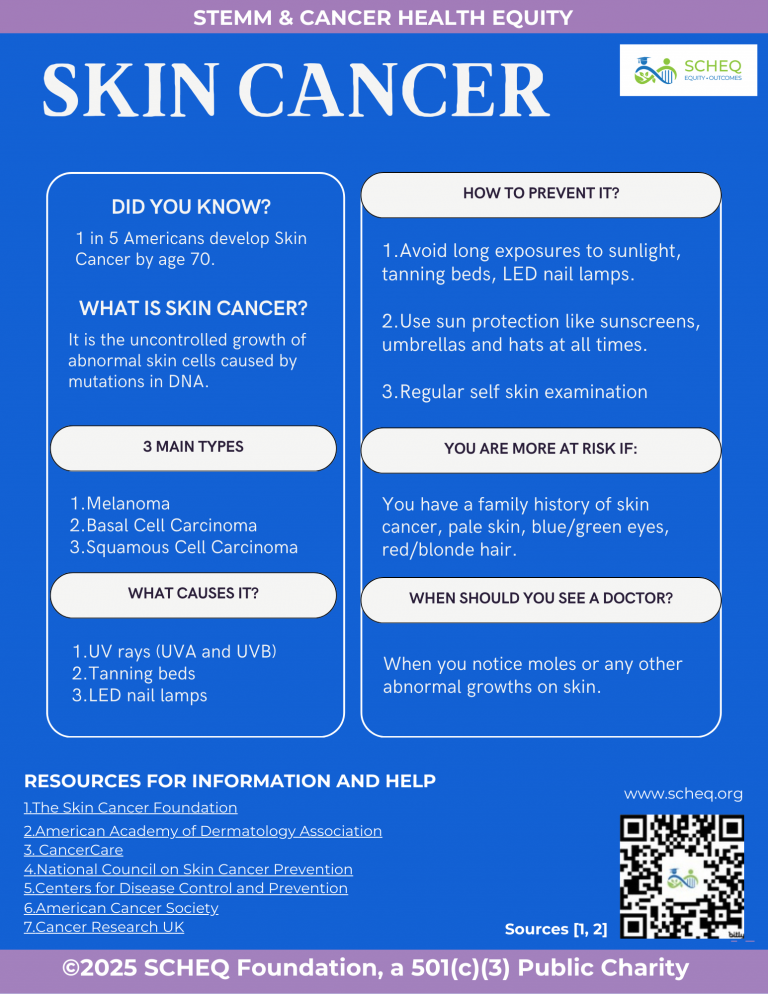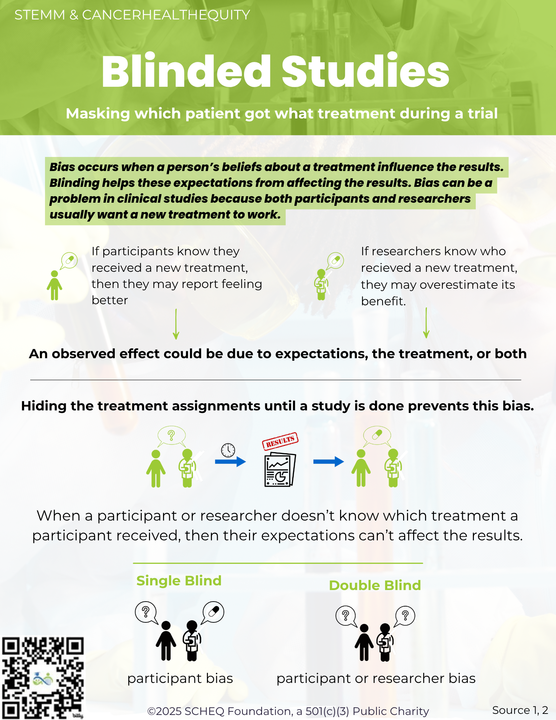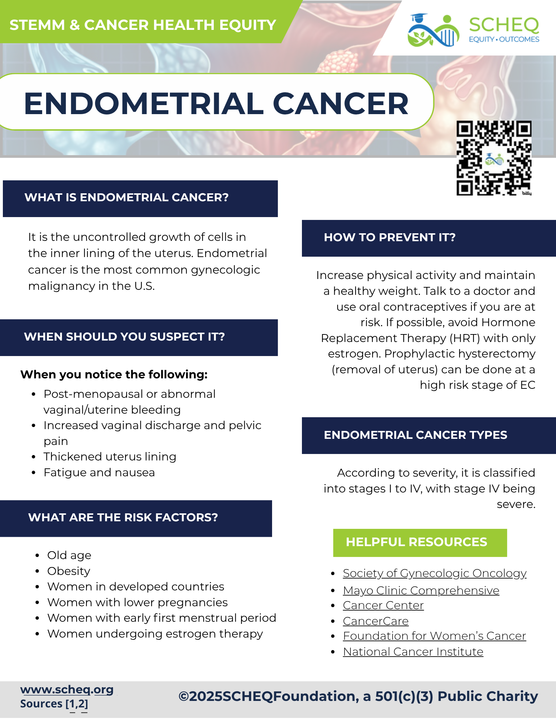The 2025 American Association for Cancer Research (AACR) Annual Meeting was held April 25-30, 2025, at McCormick Place Convention Center in Chicago, IL. The theme for this year’s conference was “Unifying Cancer Science and Medicine: A Continuum of Innovation for Impact”. It was stated that 22,000 people attended the conference this year. There was a different take on the conference this year as I was still recovering from reconstructive surgery of my foot. My mobility and energy were significantly impacted, and I did not have the opportunity to attend many sessions. That being said, there are some takeaways.
Navigating the conference with limited mobility
This was my first time attending a conference with major mobility restrictions, and from my experience, I can say it is very challenging. I had reconstructive surgery on my right foot on March 6 and because I was not certain that I would be permitted to travel, I did not plan to attend. However, I was unexpectedly invited to present. After meeting with my surgeon about 3 weeks before the conference, he only allowed me to travel because it was 7 weeks after surgery. His requirements were that I stay on my blood thinners, take both the crutches and the rolling knee scooter with me, and start trying to walk with the crutches. I looked ridiculous in the airport, but I made it. I could not even stand on my foot to go through the scanner, so I had to receive the manual pat down (I don’t recommend it).

My time in Chicago was spent at the 21c Museum Hotel. I would have stayed closer to the convention center, but with the late confirmation of attendance, it was what I could find. The staff was very nice, and it was a beautiful hotel. The first 3 days were just brutal even getting to the convention center with the rolling knee scooter, as the room floors in the hotel were carpeted. Exhaustion came easily, and while there were daily vouchers for Lure Fishbar, it was completely not an option due to my fish and seafood allergies. Thus, I did most of my dinners at Su Casa Mexican Restaurant which was next door. Near the end of the conference, I was able to pseudo walk in the hotel with the crutches without the rolling knee scooter. One of the security guys remarked, “you are getting around better every evening”. The only issue was that most things in the hotel were below knee level, which meant I really could not sit anywhere except in my room.
McCormick Center also does have electric mobility scooter rental. It is located at the coat check and costs about $75/day. I could navigate the convention center with my crutches inside the mobility scooter as well. Due to the extra equipment and my inability to navigate stairs, I had to Uber to and from the convention center every day. Generally, there were no problems with the scooters, except for the day I rode one that indicated it was at full power but died as soon as you pulled the lever. Luckily, Rick Buck from AACR just happened to see me on the struggle bus and he pushed me across the bridge into the main convention center, got me to a power outlet, and then he went and alerted someone from rentals. Just remember that if you have to go to the rooms on the 4th floor of the convention center, it will take you a lot of time. While the conference was manageable, it was not remotely easy. Due to the excess fatigue and mobility, I did not attend as much of the conference as I would have preferred.

Patient Advocacy and First Podium Presentation
I attended several patient advocate events and presented. There was the patient advocate dinner as part of the Scientist <–> Survivor Program that included a presentation on Artificial Intelligence (AI) in Cancer Research. I was invited to give my first podium presentation on the SCHEQ 2nd Lung Cancer Health Equity Summit in the Patient Advocate Poster Symposium: Community Outreach and Engagement on April 27th. There were great presentations by the other patient advocacy groups about their programs to increase access, health literacy, and access to screening. It was an honor to discuss how I developed the program, used my network and relationships to identify speakers, have others who saw my vision help procure a facility, and why it was so important to create an event dedicate to solutions that reduce disparities and barriers for Black and Hispanic populations navigating lung cancer. Additionally, I presented an E-poster and presented a display poster on April 29th about the summit. The Black Cancer Collaborative and Advocates for Collaborative Education came out in support. There were also patient advocate organization booths near the front of the exhibit hall, and that presented an opportunity to connect with organizations that I knew, as well as meet other representatives.



Significant absence of posters
There was a noticeable number of missing posters in my session. This is way more than one would normally see at the annual meeting. This was likely due to two reasons. 1) Many of the anti-DEI initiatives have taken away and stripped funding from work in disparities and health equity, thus there was no way to pay for travel. 2) More broadly, many other grants and funding have been terminated, and some people have become collateral damage in a time of anti-science being more popular. This is very unfortunate as the students and trainees put so much work into doing the studies and submitting the abstracts, and they were not given the opportunity to show the fruits of their labor.
Final takes
It is always good to attend the AACR Annual Meeting. You usually set up meetings or randomly run into your friends, colleagues, research partners, and collaborators. It is always a great place to catch up on the most innovative and impactful research in cancer. I also want to give a huge thank you to my friends and others that helped me navigate the convention center. I missed many of the lung cancer presentations, which was unfortunate. I would recommend if you have mobility restrictions, try to book a room at the hotel closest to or adjacent to the conference. I look forward to seeing everyone next year when the Annual Meeting will be in San Diego next April.
Eugene Manley, Jr. PhD. Is the Founder and CEO of the SCHEQ Foundation (STEMM & Cancer Health Equity) in New York City. Dr. Manley is a Mechanical Engineer, Biomedical Engineer, and Molecular and Cell Biologist that is dedicated to mentoring, health equity, workforce diversity, training programs, partnerships, and advocating for underserved and marginalized populations.
Interested in learning more about SCHEQ? Please visit our website. If you would like to donate to help us achieve our mission, please click here. If you would like to use another option like stock, wire, or donor advised fund, please contact us. We are a fiscally sponsored organization by the Goodnation Foundation, with EIN number 81-4768488.




